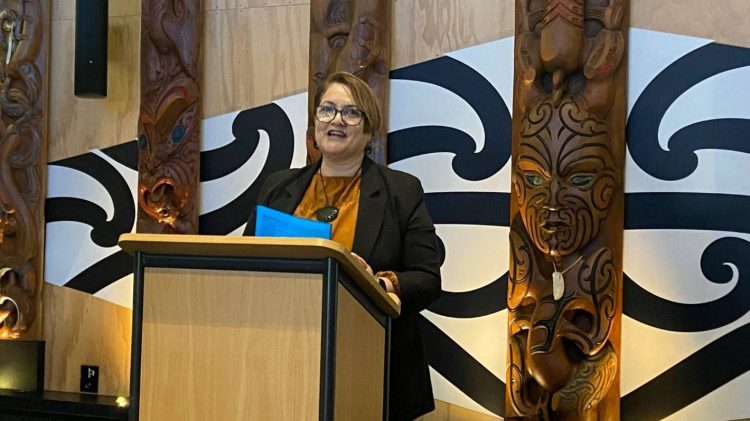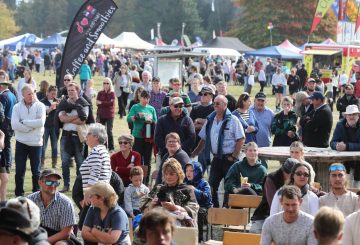17 сентября в Организации Объединенных Наций в Нью-Йорке король маори и лидеры из Аотеароа (Новая Зеландия) и Тихоокеанского региона поддержали решение сделать кита послом океана. Они хотят заключить глобальное соглашение о признании законных прав китов в международных водах.
Резолюцию представил доктор Ральф Чами из Blue Green Future. Он сотрудничает с Океанской инициативой Hinemoana Halo по защите китов. Лиза Тумахай (Lisa Tumahai) из Ngai Tahu заявила, что их целью является защита путей, по которым киты перемещаются между важными местами кормления и гнездования.
Океанский фонд Hinemoana Halo планирует собрать 100 миллионов долларов на проекты по оказанию помощи китам. Этот фонд, созданный в партнерстве с Conservation International Aotearoa, объединяет группы коренных народов Новой Зеландии, Тонги, Французской Полинезии и Островов Кука. Фонд планирует создать первый в Тихоокеанском регионе метод финансирования, ориентированный на борьбу с изменением климата под руководством коренных народов.
Мере Такоко (Mere Takoko) из Международной организации охраны природы штата Аотеароа заявила, что в работе признается ключевая роль китов в борьбе с изменением климата и защите океанической флоры и фауны.
Аперахама Эдвардс, лидер племени Нгати Вай, говорил о важности совместной работы коренных народов по восстановлению океанов. Это поможет сообществам лучше справляться с изменением климата.
В рамках проекта Hinemoana Halo группы коренных народов пообещали создать самую большую охраняемую морскую зону площадью 2 200 000 км 2. Этот план будет сосредоточен на сохранении китов и защите маршрутов передвижения китов. Все подробности будут представлены на Конференции ООН по Десятилетию океана в 2024 году в Испании.




























































